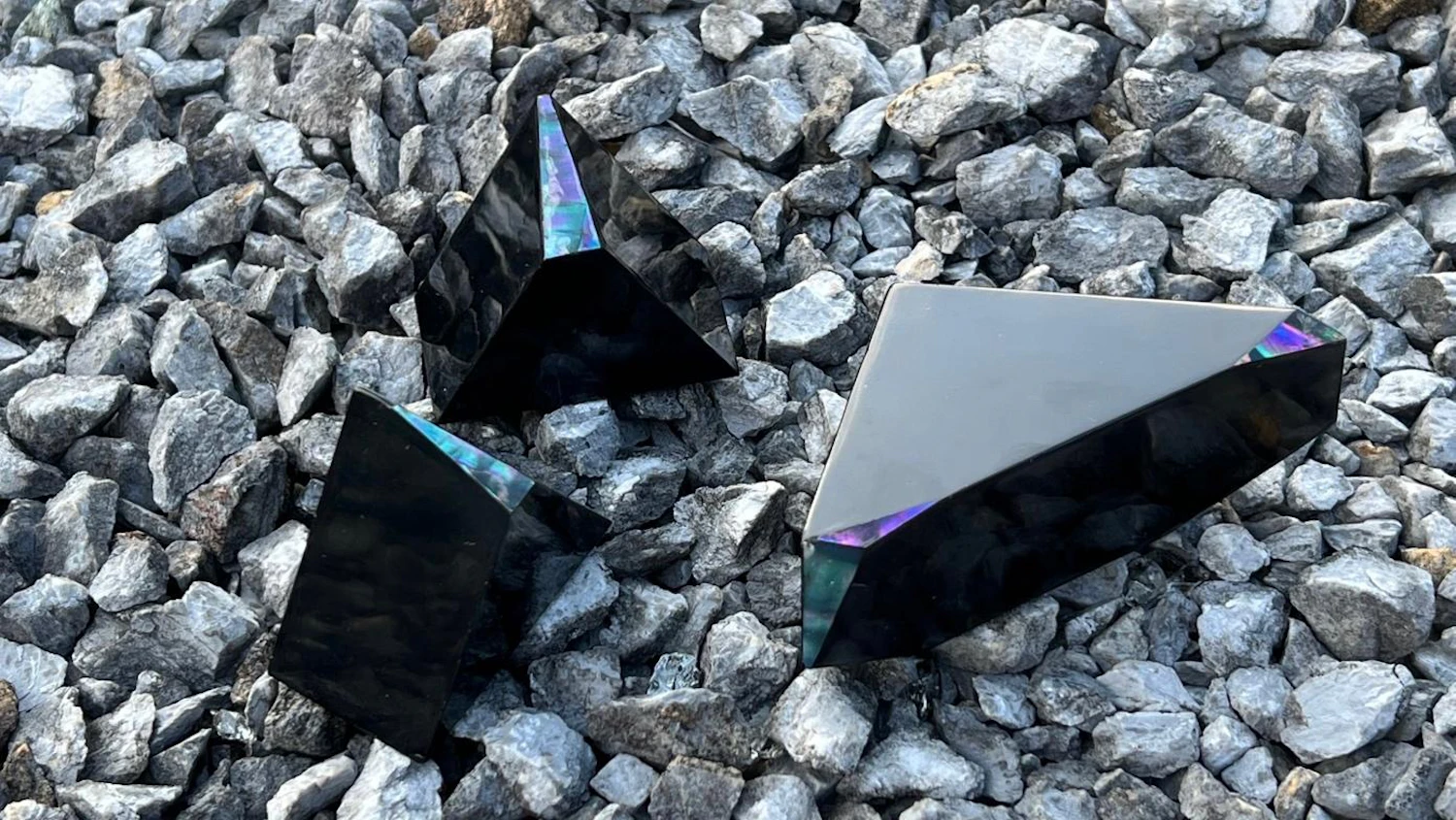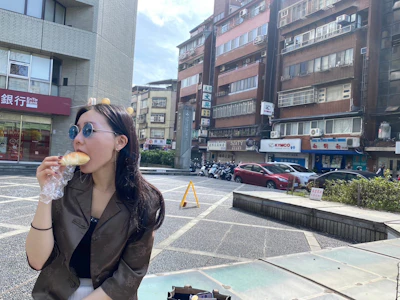12.19FRI
Relay Column: Traditional Crafts x Ryukyu Lacquer x Street (Kana Maeda)

PROFILE

Kana Maeda
Born in Nanjo City, Okinawa.
A researcher specializing in the history of Chinese art. My focus is on Northern Song landscape painting. Special Research Fellow (DC1) of the Japan Society for the Promotion of Science. Enrolled in the doctoral program at Kyushu University Graduate School of Human-Environment Studies. Visiting researcher at the National Taiwan University Institute of Art History. Producer of the lacquer brand "Maeda Lacquer Project" (https://www.instagram.com/maedalacquerproject/?igshid=YmMyMTA2M2Y%3D).
Film x Defense x Fashion
Lacquer refers to the sap that oozes from the tree when the lacquer tree is wounded.All living beings, including plants, have an instinct to maintain their existence. When the lacquer tree is injured, a milky liquid (lacquer) seeps from the wound. If the sap is not continuously collected, similar to human blood, the lacquer darkens and hardens like a scab to seal the wound.
When the sap is inside the tree, it flows and circulates in liquid form, but when the body is harmed and comes into contact with the outside world, it hardens to prevent loss.
—Even if beauty is unnecessary for defense, that membrane possesses beauty and luster.
When trying to protect one’s wounds from external attacks, why is it essential to accompany that with beauty?
This is because beauty can become power and strength, and embodying this concept aligns with the philosophy of fashion.
When a person comes into contact with the outside world, they first recognize themselves and desperately try to protect their repeatedly wounded self, beginning to manifest beauty as strength.
This article is for members only.
Please register to read the rest of the article.
What you can do with a membership
- Read members-only articles
and use text-to-speech. - Unlimited article favourites
and browsing history. - Attend members-only events.
- Get the latest information
with our email newsletter.
RELATED ARTICLES
CONCEPT VIDEO
"fashion tech news" Unveils New Logo & Concept Video
CONTACT
If you have any questions or enquiries, please enter your details in the form below.








.jpg?w=400&fm=webp)

.jpeg?w=400&fm=webp)







.png?w=400&fm=webp)


